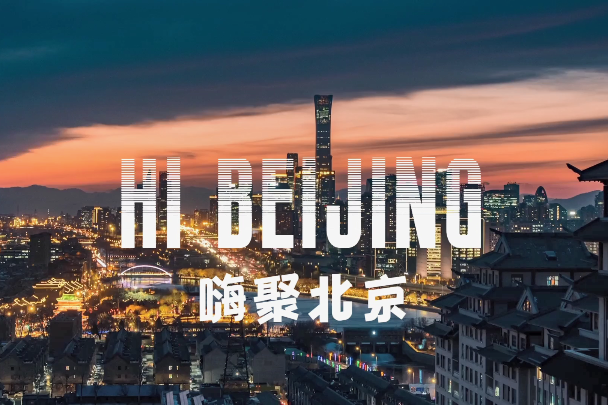Thousands of Beijing's alleys, streets given new lease of life

Latest list of capital's most beautiful hutong highlights authorities' efforts to restore city sights
The 2022 list of "the 10 most beautiful streets and alleys in Beijing" was released in late November.
The conditions of streets and alleys in a city are closely related to the quality of the residents' daily lives. They are among the chief gauges of how detail-oriented city planners are.
The annual list is a joint effort by Beijing Daily, the local authorities in charge of urban management, civility, planning and natural resources, and the Beijing Committee of the Communist Youth League of China. To date, 50 streets and alleys have made the list.
Shaojiu Hutong in Beijing's Dongcheng district is among the winners this year. About 320 meters in length, the hutong — the name for traditional alleyways in Beijing — is where Kang Youwei once lived. Kang was a reformist scholar who advocated constitutional monarchy in the late Qing Dynasty (1644-1911).
Adjacent to the bustling Wangfujing shopping area, Shaojiu Hutong remains a tranquil place. A speed limit sign for motor vehicles has been erected at the hutong's entrance. The few cars that pass by slow down when the drivers see the reminder "one way only, pedestrians first" painted on the ground.
Shaojiu Hutong is located in the older part of the city and had outdated infrastructure and uneven ground. A makeover program was launched in 2017 to improve the environment of the hutong.
Since then, illegal structures have been demolished, the facades of buildings have been renovated and the sidewalks have been flattened, widened and raised to provide greater safety and convenience for pedestrians, according to the local urban management authority.
"The ground used to be bumpy and was very dusty on windy days. There were also puddles when it rained," said a local resident surnamed Xia. "Now after being renovated, the ground is flat and spacious, which gives me a very pleasant mood."
In 2018, after consulting with the residents, the urban management authority issued a ban on parking in the hutong. Residents have begun parking their cars in nearby commercial parking spaces.
"It used to be a parking lot here and now it has been converted into a garden. Motor vehicles are no longer parked in the hutong, which makes the place much quieter," Xia said.
To make the hutong more pleasing to the eye, the local authority invited a professional landscape design team. They came up with the concept of an "alley between flowers" and constructed a wooden pergola in the hutong.
Mini gardens have also been built around the hutong. The gray brick walls at the entrance and exit of the hutong are inlaid with carved signs, which add a touch of culture to the neighborhood.
The riverside Binhe Road in Chaoyang district is another winner on this year's list. Prior to renovation, the 870-meter-long road had an average width of less than 2 meters and was disrupted by unauthorized structures, parking lots and closed green spaces on the banks. This caused inconvenience for local residents.
After vacating the parking lots, opening up the green spaces and demolishing the unauthorized structures, the road has been repaved and a riverside platform built. The environment has been significantly improved and the road has become a new leisure destination.
In addition to streets and alleys in the city, those in suburban districts such as Changping, Fangshan and Huairou carried out makeover programs this year.
Changping's Shoukai Long Street, for instance, has been separated into four sections with themes such as dining and workshops. The goal is to turn the street into a popular destination for young people that is open 24/7, and to become an example of nighttime economy development in northern Beijing.
Beijing has continued improving the environment of its streets and alleys over the last five years. A total of 3,958 alleys have been renovated, many of which have become popular tourist destinations. This has significantly enhanced residents' satisfaction, according to local officials.






